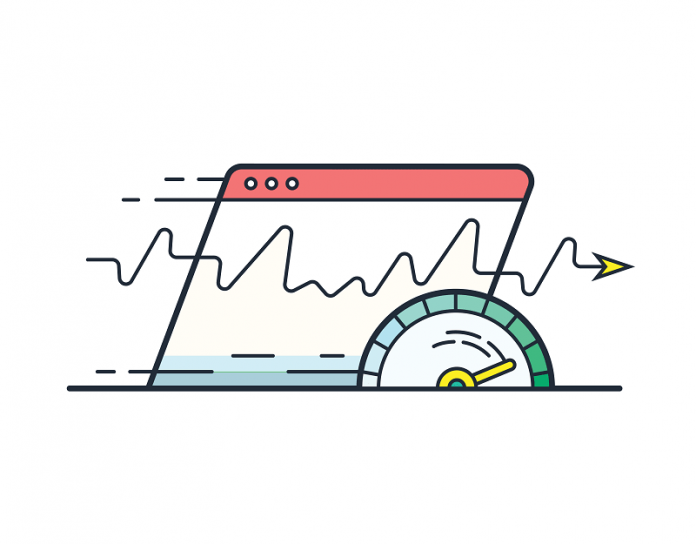By Gary Stevens
Creating a solid website includes a plethora of steps that involve everything from custom designs to high-level coding. Luckily, in 2018, most users can rely on online guides that teach people how to start blogs, e-commerce businesses, or any other online platforms. Meaning, the entire process has been simplified to a point where nearly everyone with a laptop and an internet connection can have a notable online presence. What differentiates the platforms that will succeed from those that fail, however, is attention to detail. In fact, one of the most overlooked aspects of having a great website goes back to the loading time. So, what are five easy ways to increase the loading speed and, in turn, improve the visitor’s experience?
1. Reducing the File Sizes
Decorating a website with colorful images and files is understandable. That is, after all, an easy way to attract visitors and keep them occupied once they visit the website. As a consequence, they are more likely to contribute to an increase in the conversion rates. The problem, however, is the fact that large files lead to longer loading times. The fact that the user will have to download bigger items may prolong their stay for the wrong reason until they decide to leave because it’s taking too long. Thus, the first step is to reduce image file sizes. Meaning, one should do everything from installing optimized themes to compressing all of their files in order to reduce their size.
2. Optimize the Way Items Load
Another large chunk of loading time often goes to the way that CSS and JavaScript load. So, although reducing file sizes should be one’s priority, they must also consider alternatives for faster loading of these two. Generally speaking, there are two different options that include synchronous and asynchronous loading. In simple terms, synchronous loading means that files open in the order in which they are placed on the website. Asynchronous, on the other hand, means that certain items can be loaded simultaneously, with no need to wait for the chronological order of all items to load. This is why website owners should take a closer look at asynchronous alternatives.
3. Server Response Times
The next way to reduce the load time is to analyze the DNS lookup. Consider a scenario where someone types a website URL into their search engine. When they do so, the URL itself is fairly useless, as one needs an IP address to will take them to the actual website. This is where the DNS lookup comes in. It finds the IP address associated with a specific URL and takes the user to that website. Although this entire process involves multiple steps, it happens in split seconds. Nevertheless, there are ways to make it even faster and insure that visitors are directed to the website as soon as they search for its URL. The easiest alternative is to simply analyze the DNS speed and consider switching DNS providers.
4. Avoid Videos
Going back to the aforementioned point of reducing file sizes, one may want to consider how frequently they display videos on their website. Although videos are proven to offer higher conversion rates, they require the sacrifice of loading speed. To that end, people should refrain from uploading videos directly to their website. Doing so requires hundreds of megabytes that will prolong the waiting time for the pages to open. Instead, uploading videos to third-party providers and referencing them via links is a much better approach. Meaning, if someone’s website is publishing a tutorial on a specific topic and they have a video for it, they should look into posting in on Youtube. Then, they simply find the video’s URL link and add it to the post. This also helps combine one’s various social media accounts.
5. Get Rid of Excessive Plugins
Plugins are great for improving conversion rates and providing a better customer experience. Often, however, people utilize more plugins than they really need. Getting rid of these kind of unnecessary add-ons will help preserve memory and reduce the download time that results in longer waits. For potential visitors, this means faster website speed that makes them happier. Of course, getting rid of all the plugins is not the route one should resort to as some of them can be quite beneficial. Prioritization decisions will have to be made.
Prior to taking any of these five steps, however, one should figure out exactly where their website stands. That means doing online tests and extensive analysis to determine how fast files are loading, what the DNS speed is, and more. Only then will they be able to pinpoint the precise area that needs improvement.
Gary Stevens is a front end developer. He’s a full time blockchain geek and a volunteer working for the Ethereum foundation as well as an active Github contributor. Twitter: @GarySte22056486
Website speed stock photo by Lineicons freebird/Shutterstock







